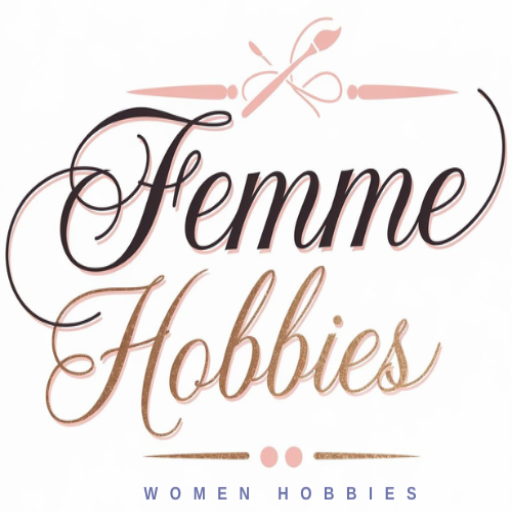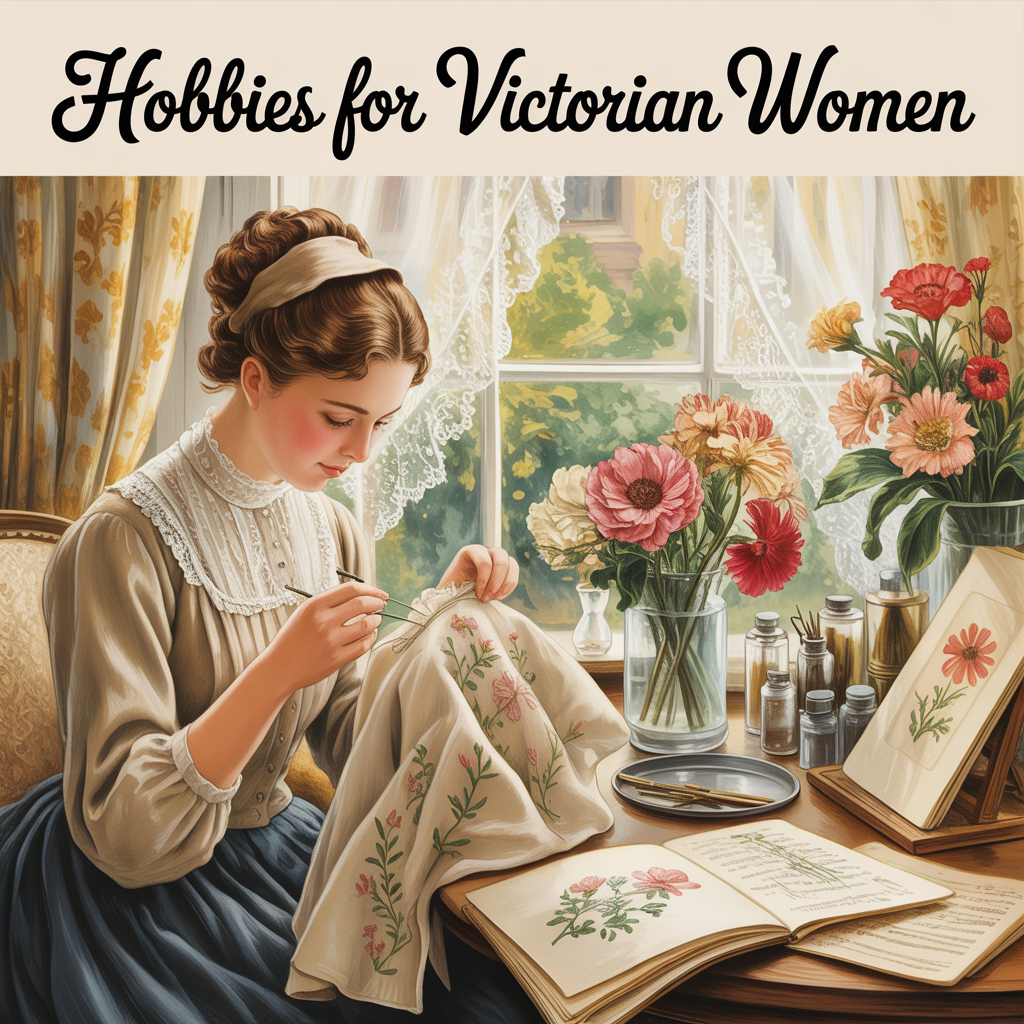Step into the drawing-rooms and gardens of the 19th century. For Victorian women, hobbies were far more than pastimes—they were essential outlets for creativity, social connection, and identity in a tightly prescribed world.
Today, these hobbies for Victorian women are experiencing a stunning revival. From the mindfulness of embroidery to the quiet art of flower pressing, the pastimes of the 1800s offer a perfect antidote to our fast-paced, digital age.
This guide explores 12+ fascinating hobbies from the Victorian era, revealing why they mattered then and how you can embrace their timeless appeal today.
For example, Amelia, a young woman in 1880s London, would spend her mornings sketching roses in her garden and afternoons practicing piano pieces for Sunday tea gatherings. These hobbies did not just pass time; they helped shape her identity, built her confidence, and connected her with other women in her community.
The Role of Hobbies in Victorian Women’s Lives
Victorian leisure activities served a vital purpose for women who faced strict gender roles and limited career options. While men built businesses and followed professions, women channeled their ambitions into creative pursuits that brought meaning to their daily lives.
These Victorian feminine hobbies were not mere entertainment. They helped women develop skills, build social connections, and express their personalities within society’s limitations. A woman’s ability to play piano, paint watercolors, or create beautiful needlework often determined her marriage prospects and social standing.
Take Sophie, an 18-year-old in London, who spent her afternoons mastering embroidery patterns her mother passed down. Each stitch represented hours of patience and skill that would later showcase her refinement to potential suitors. Her hobby became part of her identity and social currency.
Hobbies also provided mental health benefits that a day in the life of a Victorian woman desperately needed. With limited freedom to travel or work, these activities offered creative outlets and stress relief. They created communities where women could share techniques, compete in friendly ways, and support each other’s artistic growth.
12+ Fascinating Hobbies Victorian Women Loved
1. Embroidery & Needlepoint
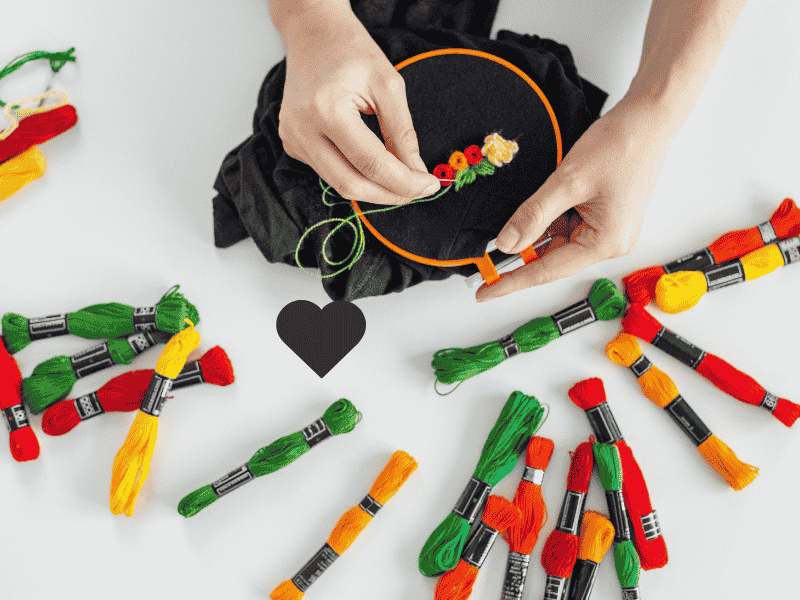
Embroidery was considered a lady’s signature art form during the Victorian era. Women spent many hours creating intricate patterns on clothing, linens, and decorative pieces. This hobby demonstrated patience, precision, and artistic skill, qualities highly valued in potential wives.
Victorian women learned various embroidery techniques, including cross-stitch, crewel work, and silk embroidery. They often worked on samplers that displayed their mastery of different stitches and patterns. These pieces became family heirlooms passed down through generations.
Modern women have embraced embroidery through hoop art, Etsy shops, and mindfulness practices. Contemporary embroidery artists create bold, modern designs that would surprise Victorian ladies—the meditative nature of stitching appeals to people seeking stress relief in our digital age.
Emma, a marketing executive from Portland, started embroidering during lunch breaks. She found that the repetitive motion helped calm her anxiety better than any app or meditation technique.
2. Piano Playing & Music Practice
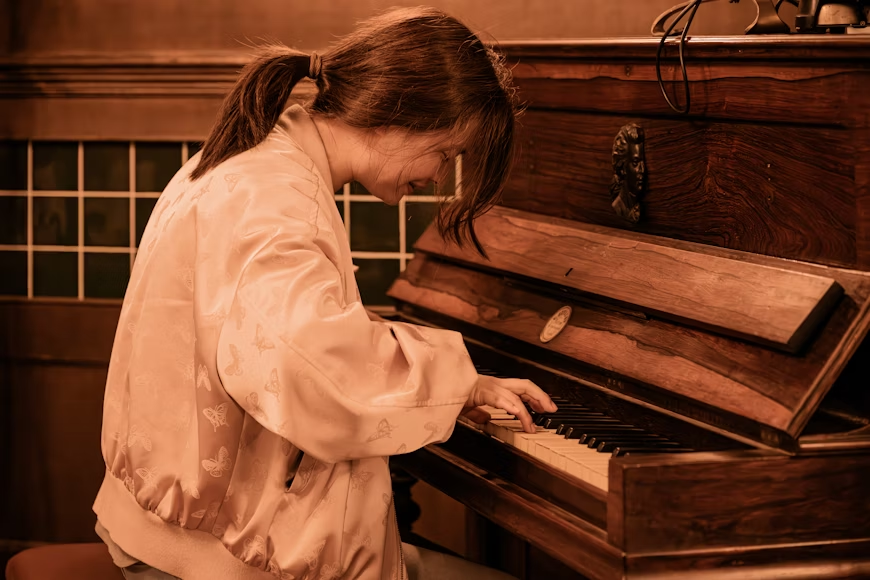
Piano playing was an essential accomplishment for Victorian women. A polished musical skill made a woman more desirable in marriage and uplifted her social status. Families invested heavily in piano lessons and quality instruments to ensure their daughters could perform for guests.
Victorian women learned classical pieces, popular songs, and hymns. They often performed at social gatherings, providing entertainment while showcasing their cultural refinement. Music rooms became important spaces in Victorian homes, designed specifically for these performances.
Today’s connection between music and personal development echoes Victorian values. Modern research proves that playing the piano improves mental function, reduces stress, and enhances creativity. Music therapy programs use piano playing to help people process emotions and build confidence.
3. Watercolor Painting
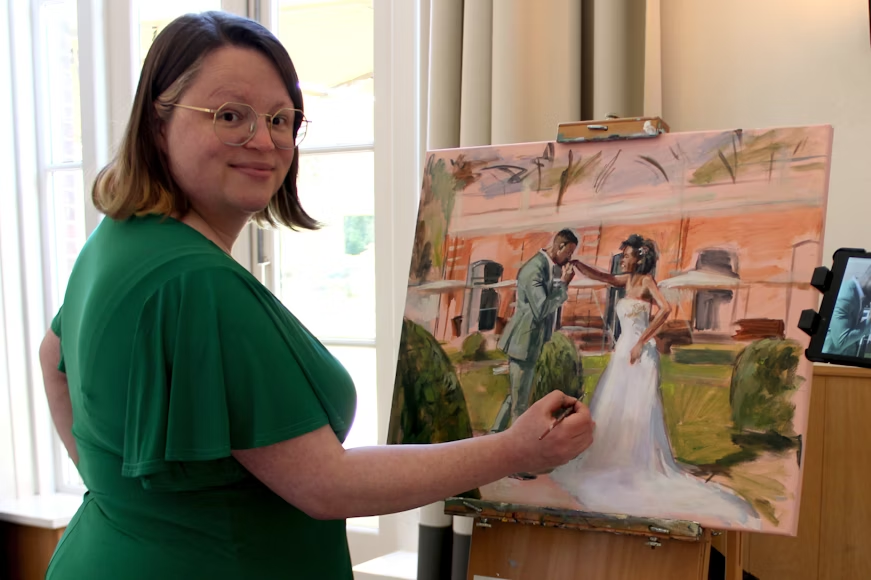
If you are a woman, you love this hobby. Watercolor painting allowed Victorian women to express creativity while maintaining ladylike propriety. They painted landscapes, flowers, and still life compositions, often working from nature during outdoor trips. This hobby combined artistic expression with acceptable feminine interests like botany and beauty.
Women carried portable watercolor sets and sketchbooks on trips, documenting their travels through fragile paintings. These artworks served as visual diaries and conversation pieces when displayed in their homes.
Watercolor painting has resurged as a popular art therapy tool and an Instagram trend. Modern practitioners appreciate its forgiving nature and the mindful focus it requires. Adult art classes and online tutorials make this Victorian hobby accessible to contemporary women seeking creative outlets.
4. Letter Writing & Calligraphy
Letter writing was both a necessity and an art form for Victorian women. They mastered beautiful handwriting and learned proper correspondence etiquette. Personal letters served as their primary means of maintaining relationships and expressing thoughts and feelings.
Victorian women wrote letters to family members, friends, and romantic interests. They used special paper, sealing wax, and elaborate handwriting to make each letter a work of art. The ability to write fluently and beautifully was considered a mark of education and refinement.
The art of letter writing has been revived through journaling movements and hand lettering kits. Modern women appreciate the thoughtfulness and personal touch that handwritten communication provides in our digital world.
Learn Calligraphy the Elegant Way
If you’re interested in creative self-expression, Letter Writing & Calligraphy is a timeless hobby to explore. It’s both artistic and relaxing.
5. Botany & Flower Pressing
Botany became a fashionable hobby for Victorian women who collected, classified, and pressed flowers. This scientific pursuit was considered appropriate for ladies because it connected to nature and beauty. Women created elaborate herbaria and learned Latin names for various plant species.
Flower pressing preserved beautiful specimens and created decorative elements for scrapbooks and artwork. Victorian women often exchanged pressed flowers with friends and used them in correspondence. This hobby combined scientific curiosity with artistic expression.
Modern DIY culture has embraced botanical journaling and flower pressing through Pinterest crafts and Instagram posts. Contemporary women enjoy the meditative process of collecting and preserving natural specimens, often incorporating them into home décor and handmade gifts.
6. Sewing & Dressmaking
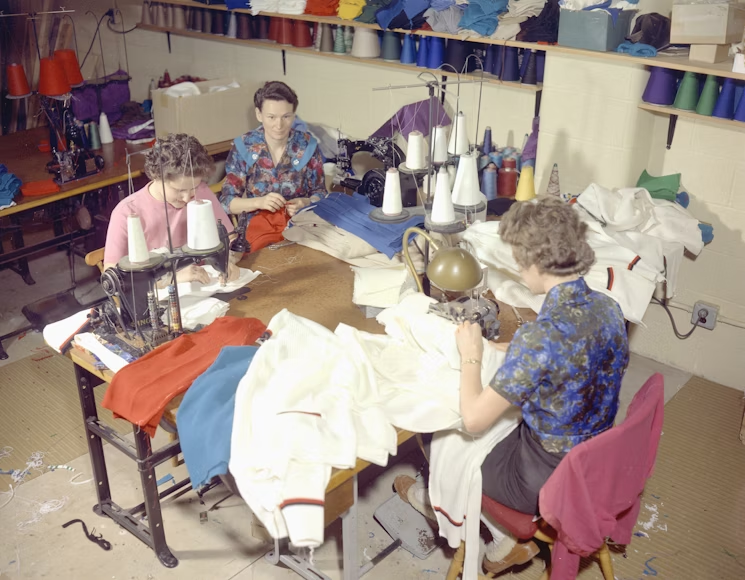
Sewing transformed from a household necessity into a creative outlet for Victorian women. They made clothing, household items, and decorative pieces while developing advanced needlework skills. This hobby provided practical value while allowing artistic expression through fabric choices and design elements.
Victorian women created elaborate dresses, undergarments, and accessories by hand. They followed fashion magazines and adapted patterns to create unique pieces. Sewing circles provided social opportunities where women shared techniques and gossip while working on projects.
The modern slow fashion movement and upcycling trends connect directly to Victorian sewing values. Contemporary women appreciate the sustainability and creativity of making their clothes, often using vintage patterns and traditional techniques.
7. Reading Novels & Poetry
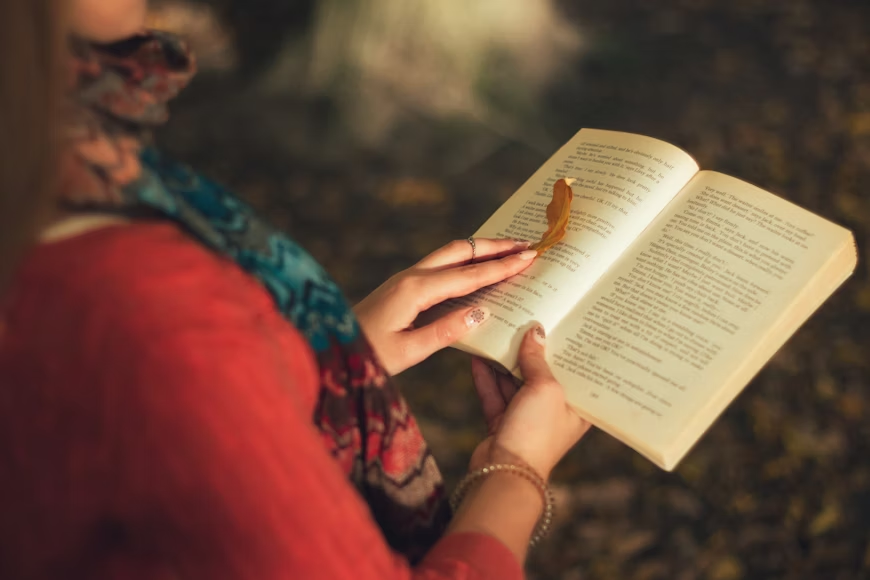
Reading provided Victorian women with education, entertainment, and escape from daily constraints. They devoured novels by Jane Austen, the Brontë sisters, and Charles Dickens, often discussing books in literary circles. Reading was considered to improve the mind and character.
Victorian women read both popular fiction and serious literature, often keeping reading journals to track their thoughts and favorite passages. Libraries and book clubs provided social opportunities centered around literary discussion.
Modern book clubs and historical fiction fandoms continue this tradition. Contemporary women appreciate Victorian literature’s complex characters and social commentary, finding connections to current issues and timeless human experiences.
8. Tea Parties & Social Hosting
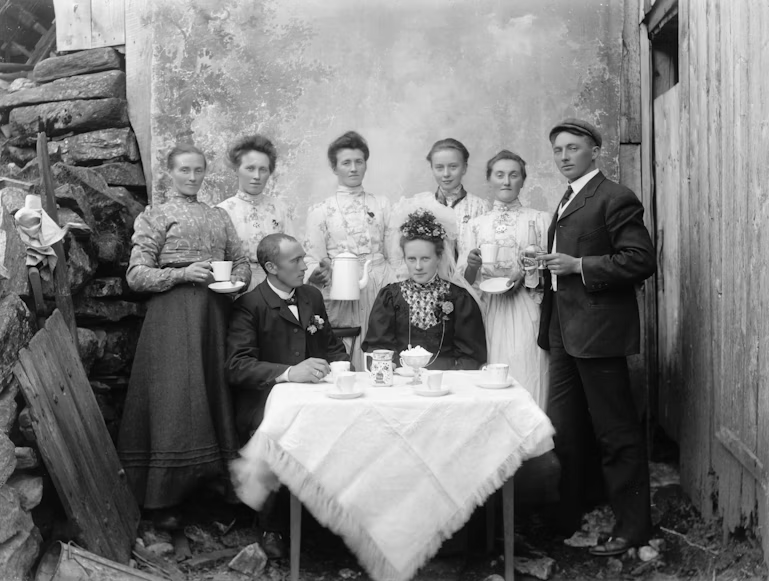
Tea parties allowed Victorian women to socialize, demonstrate manners, and show their refinement. They mastered the art of serving tea, arranging flowers, and creating elegant table settings. These gatherings provided opportunities for conversation, networking, and displaying social skills.
Victorian women planned elaborate tea parties with specific protocols for invitations, seating arrangements, and conversation topics. They served delicate foods and used their finest china and linens. These events were carefully choreographed social performances.
Vintage tea parties have become popular again through Instagram-worthy events and special occasions. Modern women appreciate the elegance and intentionality of these gatherings, often incorporating Victorian elements into contemporary celebrations.
9. Sketching Nature & Journaling
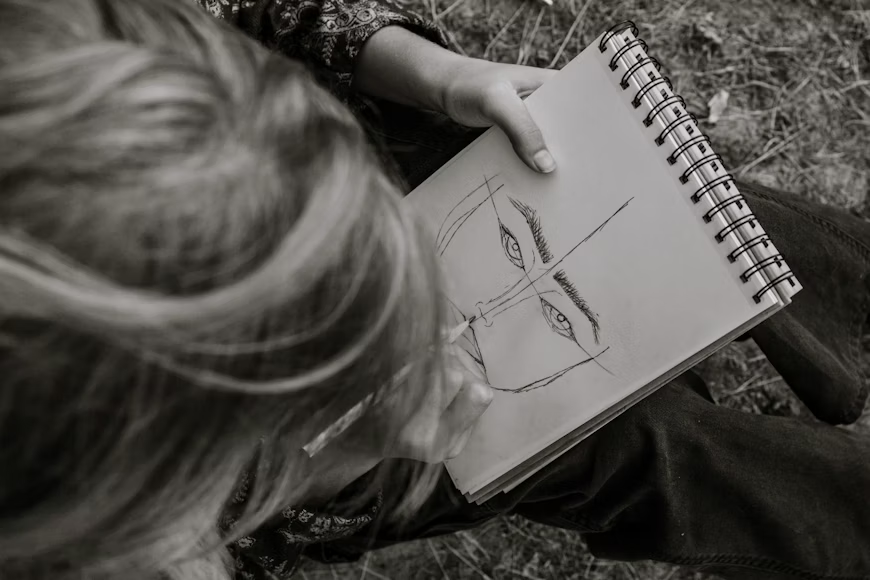
Victorian women carried sketchbooks during walks and travels, documenting their observations of nature and daily life. This hobby encouraged mindfulness, artistic development, and personal reflection. Sketching provided a socially acceptable way for women to spend time outdoors and observe their surroundings.
Nature sketching is often combined with botanical studies, creating detailed drawings of flowers, trees, and landscapes. Women also sketched buildings, people, and scenes from their daily lives, creating visual records of Victorian society.
Modern nature journaling and bullet journaling movements echo these Victorian practices. Modern women find peace and mindfulness in sketching outdoors, often combining drawings with written observations about nature and personal experiences.
10. Crochet & Knitting
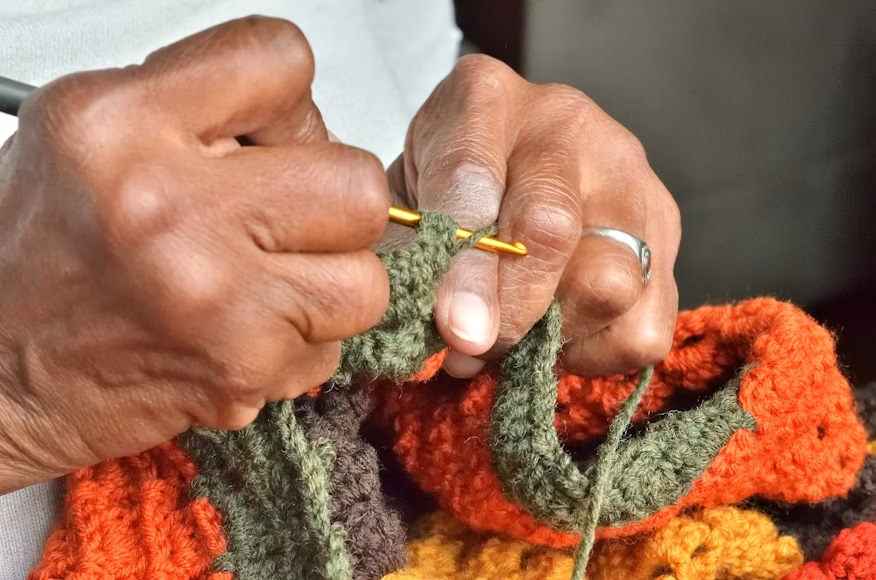
Explore your creativity with this creative hobby. Crochet and knitting provided Victorian women with productive hobbies that created useful items while allowing creative expression. They made clothing, household items, and decorative pieces using various patterns and techniques. These skills were passed down through generations and shared among friends.
Victorian women created elaborate lace doilies, warm winter garments, and decorative items for their homes. They often worked on these projects during social visits or while listening to family members read aloud in the evenings.
The “grandmillennial” trend has brought renewed interest in traditional needlecrafts. Modern women appreciate the meditative qualities of knitting and crocheting, often selling their creations through Etsy shops or making items for charity.
11. Dancing (Waltz, Polka)
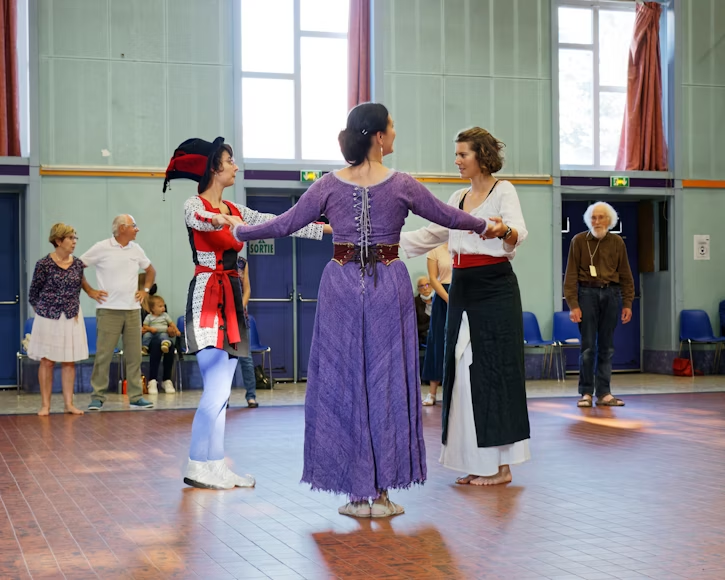
Dancing was essential for Victorian women’s social success and marriage prospects. They learned various ballroom dances, including the waltz, polka, and quadrille. Dancing lessons taught grace, poise, and social skills while providing exercise and entertainment.
Victorian dance cards and balls were major social events where women could meet potential suitors and show their accomplishments. Dancing required coordination, memory, and the ability to follow a partner’s lead, all considered important feminine qualities.
Vintage dance communities and fitness classes have revived interest in traditional ballroom dancing. Modern women enjoy the social aspects, physical benefits, and historical connection of learning Victorian-era dances.
12. Language Learning (Especially French)
Learning French was considered essential for upper-class Victorian women. Language skills demonstrate education, culture, and international sophistication. Women read French literature, wrote letters in French, and conversed with other educated ladies in the language.
Victorian women often had French governesses or tutors who taught them proper pronunciation, grammar, and cultural knowledge. Speaking French was particularly important for travel and social advancement in high society.
Modern language learning through apps like Duolingo and online courses continues this tradition of self-improvement. Contemporary women appreciate the cognitive benefits and cultural connections that come from learning new languages.
Explore 100+ Fun & Creative Hobbies for Women
Looking for more inspiration? Check out our master list of over 100 hobby ideas tailored for women of all interests and lifestyles.
→ View All Hobbies for WomenWhat We Can Learn from Victorian Hobbies Today
Hobbies in the 1800s offer valuable lessons about mindfulness, patience, and artistic expression. These activities required focused attention and gradual skill development, qualities that seem increasingly rare in our fast-paced digital world.
Victorian hobbies functioned as self-care before the term existed. Women used these activities to manage stress, process emotions, and maintain mental health within society’s constraints. They understood that creative pursuits provided essential nourishment for the mind and spirit.
Modern women can benefit from incorporating Victorian-inspired hobbies into their routines. These activities offer breaks from technology, opportunities for creative expression, and connections to historical traditions.
Jade, a 35-year-old working mom, discovered peace in flower pressing after seeing it on Instagram. What started as a casual interest soon became a source of joy and relaxation in her busy life. Jade found that the careful process of selecting, pressing, and arranging flowers allowed her to slow down and focus on the present moment. Over time, her flower-pressing hobby transformed into a meaningful creative outlet, and she even began gifting her pressed flower art to friends and family, spreading happiness and inspiration. Through this simple yet rewarding craft, she discovered a new way to care for her mental well-being while honoring a timeless tradition.
Your Turn to Create a Timeless Tradition
Which of these Victorian hobbies calls to you? Whether it’s the tactile comfort of knitting or the mindful focus of watercolor, these activities have endured for a reason. They connect us to a slower, more intentional way of living.
Pick one hobby to try this week and discover the timeless satisfaction that captivated women 150 years ago.
FAQs about Hobbies for Victorian Women
Access to hobbies often depended on social class. Upper- and middle-class women had the time and resources to pursue leisure activities, whereas working-class women generally had limited opportunities due to demanding labor and financial constraints.
Victorian people enjoyed a variety of leisure activities depending on their social standing. Popular pastimes included attending the theater, reading novels, engaging in outdoor activities like picnics or croquet, and participating in musical performances at home or in salons.
Women in the Victorian era often spent their time managing household duties, engaging in needlework, reading, or pursuing artistic hobbies. Upper-class women frequently attended social events, such as balls and tea parties, while working-class women focused on labor-intensive activities to support their families.
Victorian women were often skilled in embroidery, knitting, and sewing, as these were considered essential domestic skills. Many were also taught music and art, particularly piano and drawing, to enhance their cultural education. Additionally, cooking and household management were vital skills for women in all social classes.
Friends in the Victorian era would often gather for tea parties, garden walks, or parlour games. They also enjoyed reading groups, musical evenings, and attending cultural events like plays, operas, and exhibitions. These activities served as opportunities for socializing and strengthening bonds.
